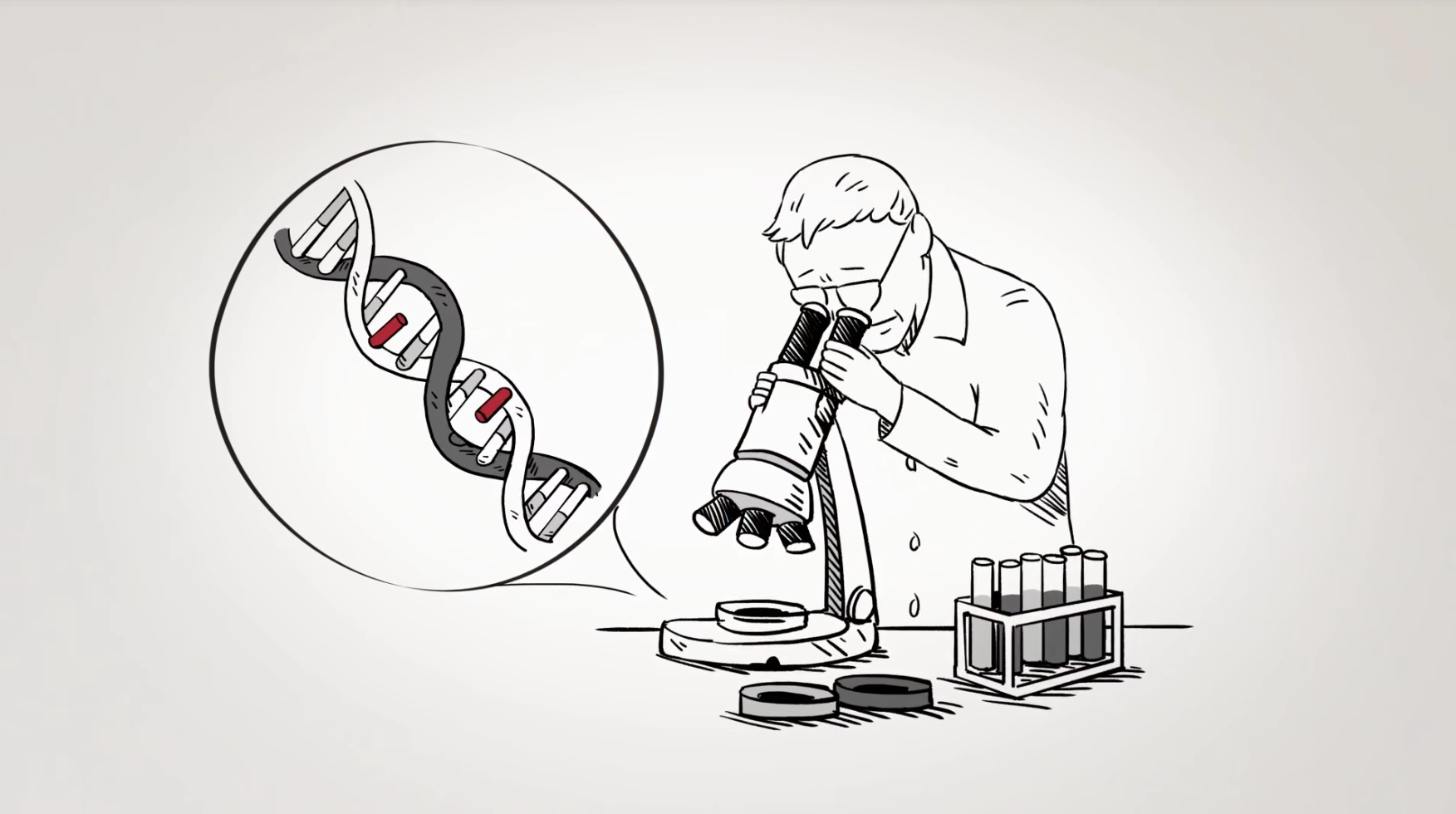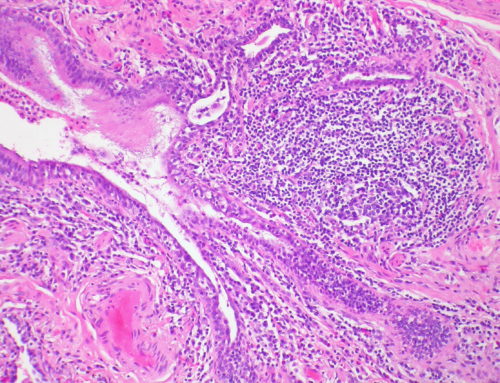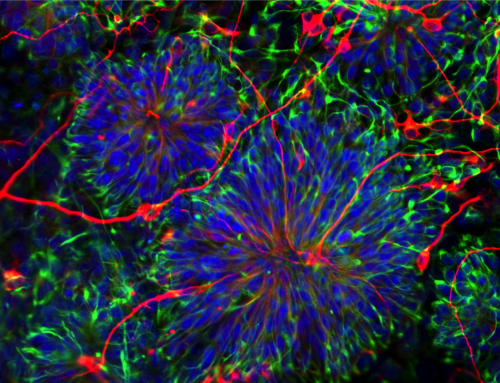Zika…Zeeekaahh… sounds poisonous and evil, doesn’t it? But the reality is worse.
Some adults may go through a session of Zika and barely notice it: mild headaches, stomach upset, aching in joints. Others may contract the paralyzing condition Guillain-Barre, or acute myelitis and other disorders of the nerve system.
But the worst danger is to the child in the womb.
In the early stages of pregnancy, a child infected with Zika does not develop right. He/she may be born with an unnaturally small head, and a damaged brain. This can mean death before birth, or to be born with massive brain damage. The consequences are for the rest of their lives.
“These are children who might never be able talk, or walk. They can be deaf and blind. Many will require constant care and will never be able to live an independent life.”—Dr. Nivea Arraes, Januario Cicco Maternity Hospital, Brazil.
Alysson R. Muotri is a scientist whose work I have followed for several years. He is a terrific asset to the cure research community, not only because of the quality of his science, but because he can explain himself in “people talk”—hugely important! In another entry, I will talk about his efforts with autism but right now let’s focus on Zika.
Two years ago, there was a major outbreak of the Zika virus in Brazil, Dr. Muotri’s original place of residence. Efforts from Dr. Muotri’s lab confirmed the causal link between the virus and birth defects.
Today he works at the University of California at San Diego, UCSD. For a look at his lab, go here:
Before its Brazilian outbreak in 2015, Zika (originally found in Africa, in Uganda’s Zika forest) had been an inconvenience, nothing more.
But the genes mutated. Suddenly, people began to get terribly ill, and some to die.
A Chinese study tested three early strains of Zika virus on lab mice; of which 17% of the infected lab mice died. But the new Zika? It killed them all.
It spread. The Aedes mosquito plunged its sharp proboscis into infected people, and then carried their virus to others.
Recently, cases were found in Brownsville, Texas, Miami, Florida—and in Long Beach, California.
The Center for Disease Control has advised pregnant women to “delay” visiting Brownsville and Southern Florida.
The World Health Organization suggests women in at-risk areas postpone pregnancies.
Attempts have been made to wipe out the mosquito species, by releasing sterile males.
As individuals, pregnant women in the area are advised to protect themselves from mosquito attack as best they can, using repellent and bug spray.
As the disease can be spread by sexual contact, condoms or abstinence may prevent the transmission of the disease.
But as yet, there is no cure. Efforts toward a vaccine are on the way, but it will take years and there is no guarantee it will work…
Could stem cell research fight Zika?
First, we need to understand how the disease is spread throughout the body.
Think of a janitor with a mop and a bucket—but the bucket contains poison. So everywhere the janitor mops, poison is spread.
The “janitors” of the nervous system are called microglia. They devour waste products of the nerves, the leftover remnants of Neural Progenitor Cells (NPCs).
When the microglia “clean up”, eating an NPC which has Zika, they pick up the infection, and become themselves carriers of disease.
Using skin cells from healthy people, Dr. Muotri has made stem cell lines of NPCs and microglia. He verified that Zika was “eaten” by microglia, which then spread the disease through the blood and into the brain, bringing the damage. He sees it like a Trojan horse strategy.
Next he used a zika-infected “mini-brain”, a tiny dot of nerve tissue called an organoid, to test some already-FDA-approved medications. (The advantage of using FDA-approved drugs means much less testing—less costs and less delay.)
He found a drug (Sofobusvir) originally intended to fight Hepatitis C—but which might inhibit the Zika replication in human cells.
He also found a protective drug, Chloroquine, an anti-malaria medicine, to be effective on protecting infected Moms: to hopefully prevent the virus from being passed on to the fetus. He says: “This drug is so inexpensive, you could treat the entire country on a reasonable budget. In the 50’s, the Brazilian government added Chloroquine into the cooking salt to control malaria. A similar strategy might be applied to protect people from Zika, while vaccines are not available.
Using this new “model” Dr. Muotri hopes to get to human trials quickly.
For an article by Muotri, describing how he is attacking Zika, go here.
And if the disease mutates again? Worse may be in store.
Better to fight it now.
Good luck, Dr. Muotri.


















